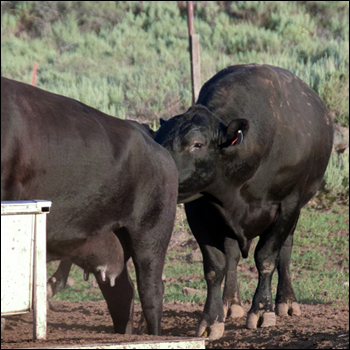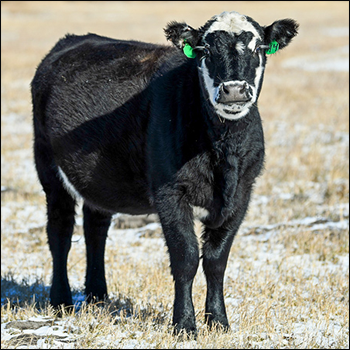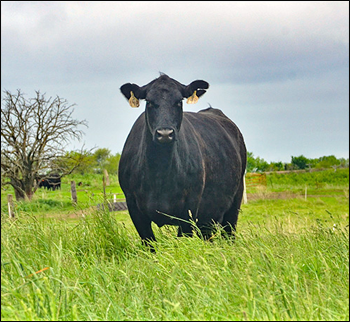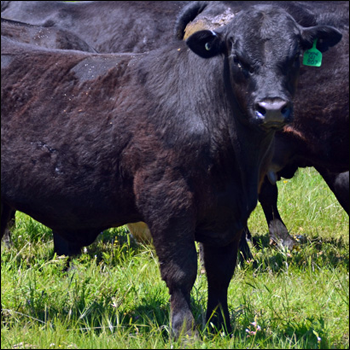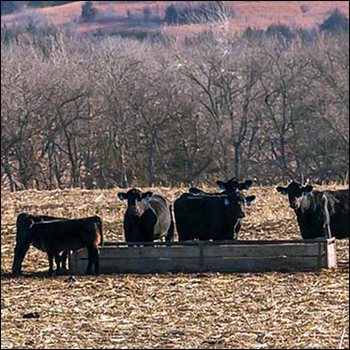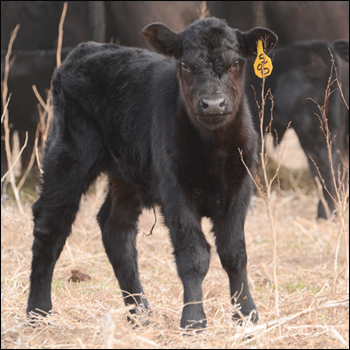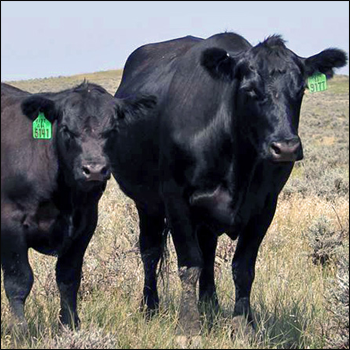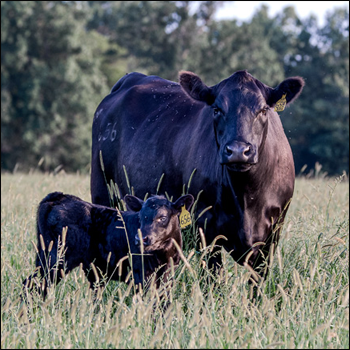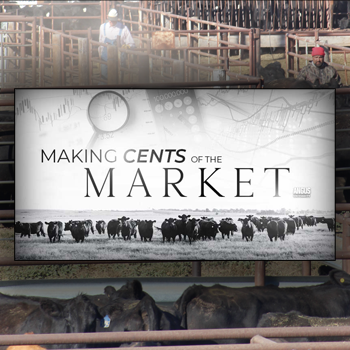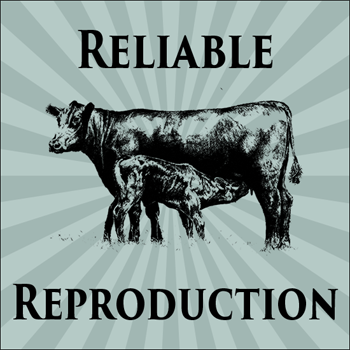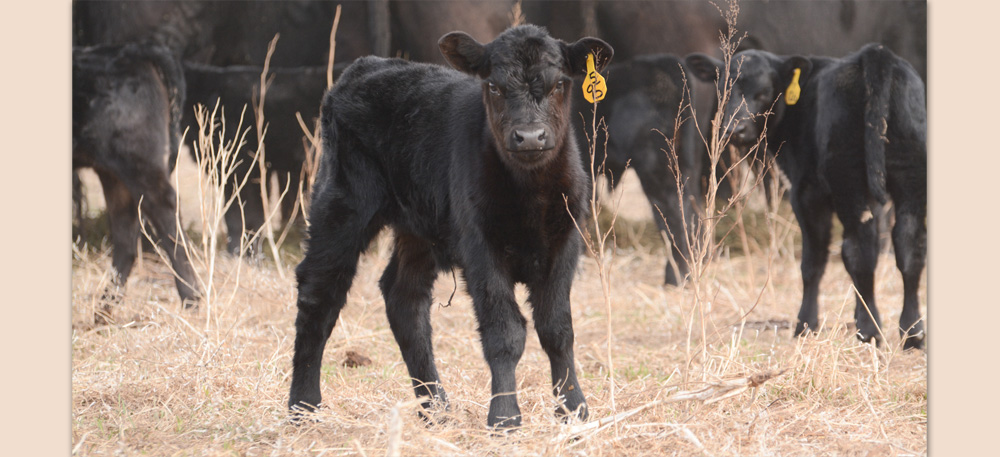
Changing Weather Changes Calving-date Benefits
Benefits of early calving increase with late winter warming.
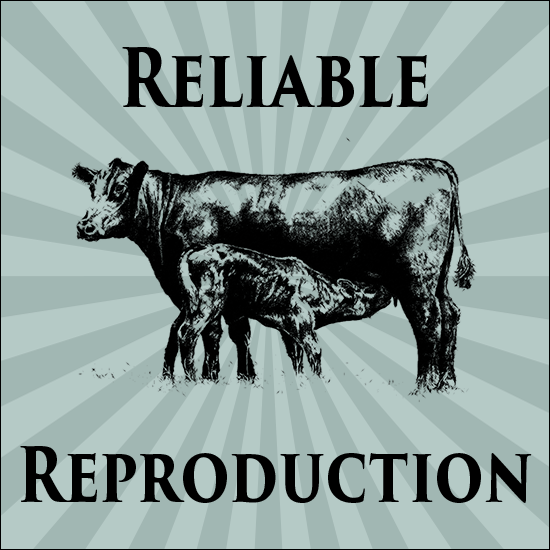
On rangelands of the western United States, calving in late winter instead of spring maximizes calf growth (weight) by supplying high-quality forage when it’s most needed, according to a study by the USDA Agricultural Research Service (ARS).
There is high value in using rangelands to lower the cost of beef production. Selecting the right calving time is one factor ranchers can adjust to affect the efficiency of beef production.
However, with climate conditions shifting, the costs and benefits of calving at different times are changing.
Scientists at the ARS Livestock and Range Research Laboratory in Miles City, Mont., completed a long-term study recently published in Rangeland Ecology & Management. The researchers analyzed more than 80 years of data from more than 39,000 calves to obtain an accurate reading of the effect of calving date on calf weight gain.
“The long-term data allowed us to estimate the relationship between calving date and calf weight averaged over many years. The average relationship helps producers determine the best calving date over the long term. This must be considered because the calving date of a herd is difficult to adjust once set,” explained Matthew Rinella, research rangeland management specialist and lead author.
The research team observed that calves born in early March (late winter) averaged about 13% heavier at 180 days of age than those born early May (spring). This is because calves born in March are older and larger and can therefore better utilize the high-quality forage that is available in summer. May calves reach 180 days of age in early November, long after forage quality has typically declined.
“When calves are born earlier, they typically experience a better match between their nutrient requirements and the timing of protein and energy supplied by forage,” Rinella says.
Eighty-two years of data allowed the scientists to look at cold mortality rates of beef calves born during late winter. To avoid this risk, some ranchers prefer waiting until spring to calve. However, even after considering the risk, the researchers found early calving increases overall beef production.
In addition, since the 1940s, the risk of cold weather mortality has declined due to warming winter temperatures, and climate models indicate there is a good chance this trend will continue. Moreover, the beginning of plant growth appears to be shifting earlier in the Western United States. All provide further incentives to calve early.
Other considerations factored in include calf markets, feed costs and the timing of ranching operations.
“This study puts numbers to calf weight and beef production resulting from different calving dates, so that ranchers can factor these things into their decision-making,” says Rinella.
Editor’s note: This article is from the USDA ARS. Lead photo by Miranda Reiman.

Angus Proud
In this Angus Proud series, Editorial Intern Jessica Wesson provides insights into how producers across the country use Angus genetics in their respective environments.
 Angus Proud: Scott Sproul
Angus Proud: Scott Sproul
Oklahoma operation learned wisdom of moving calving season to better suit their marketing needs.
 Angus Proud: Bubba Crosby
Angus Proud: Bubba Crosby
Fall-calving Georgia herd uses quality and co-ops to market calves.
 Angus Proud: Jim Moore
Angus Proud: Jim Moore
Arkansas operation retains ownership through feeding and values carcass data.
 Angus Proud: Les Shaw
Angus Proud: Les Shaw
South Dakota operation manages winter with preparation and bull selection.
 Angus Proud: Jeremy Stevens
Angus Proud: Jeremy Stevens
Nebraska operation is self-sufficient for feedstuffs despite sandy soil.
 Angus Proud: Dave Rutan
Angus Proud: Dave Rutan
Angus breeder gets the most out of his bull investment by partnering with opposite calving-season operation.
